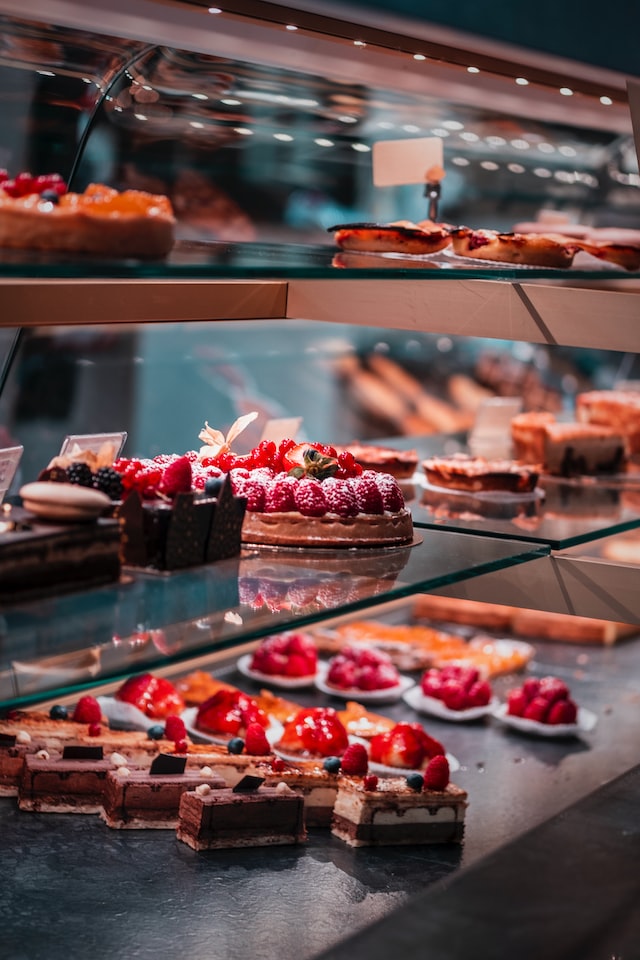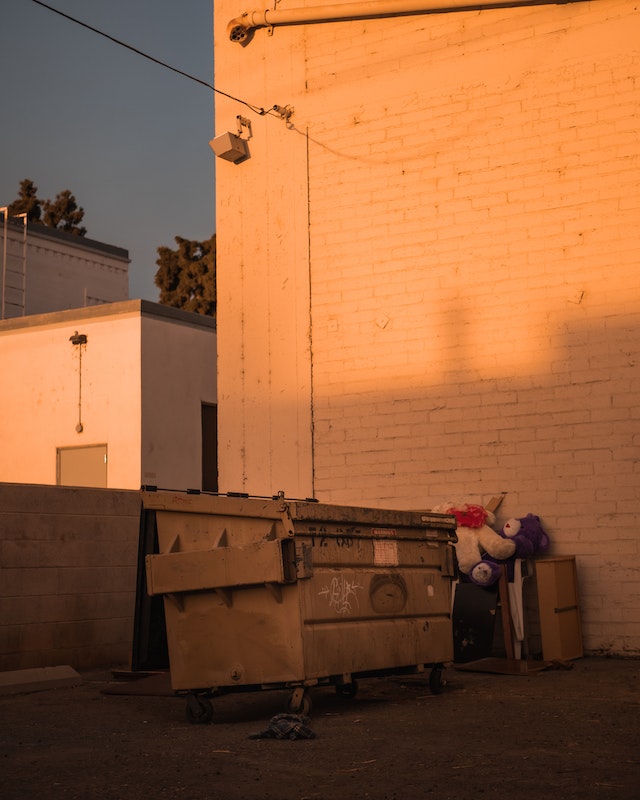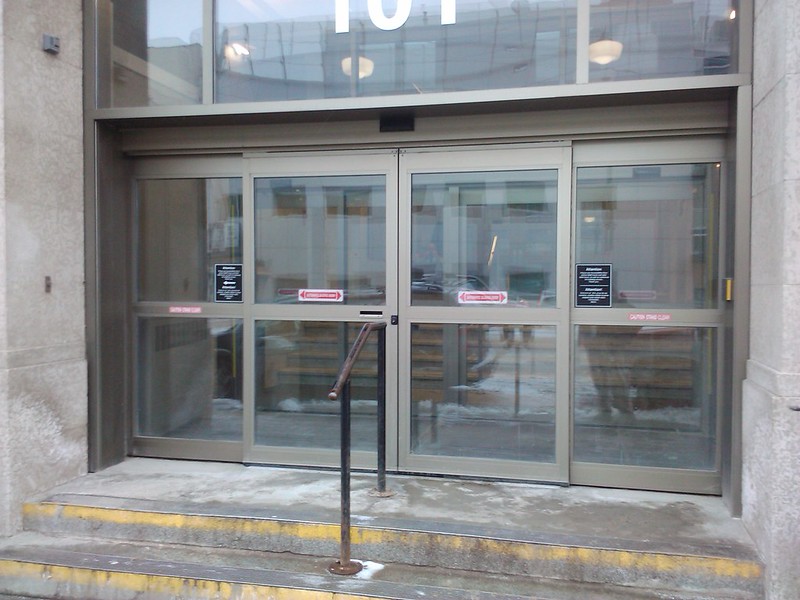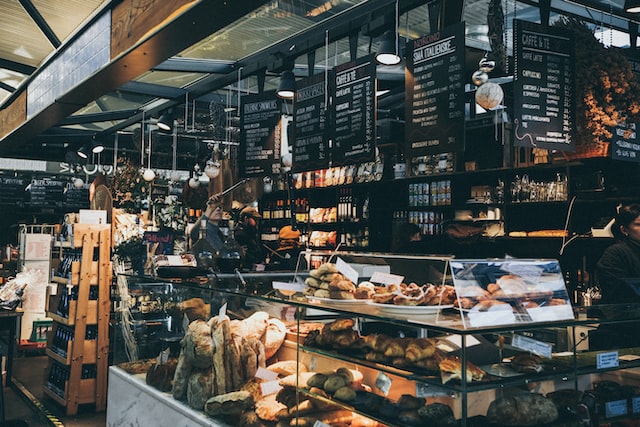When running a retail store, it is crucial to use every bit of the space available. It leads to increased sales which in turn increases the profit.
A proper store layout and the right display store fixtures must be used to maximize the floor space. Institutions help attractively present products and ensure customers can easily see the merchandise.
Hanging Displays
Many store fixtures are designed to maximize space, which is essential for businesses that want to create a successful store layout. It is because the right institutions will make navigating around a store easier, as well as help showcase products in a more organized way.
One of the best ways to optimize space is by using hanging displays. These fixtures can be used to show off different products, logos, or even just a collection of something that you want customers to see.
Hanging displays can also get your message out at trade shows. This signage can be suspended high above the crowd, making it easy for people to see your booth from anywhere on the floor.
In addition, hanging displays can be a great way to add depth to smaller stores. They can be turned on walls, mirrors, or other items that are strategically placed. It will help customers see your product in a different light and will help to increase the chance of them purchasing it.
Racks or Tables
Store fixtures are a great way to maximize space in your store. You can use them to display the stock, making your store look more appealing to shoppers.
Racks are a great way to use your wall space differently and creatively without making the room look congested or messy. They are easy to install and help display more stock without sacrificing floor space.
Tables are an excellent option for maximizing space on the floor, too. They can be stacked to create aisles or laid down for a more freestanding appearance.
Wall racks are another popular fixture for maximizing space, especially for convenience stores. They can be a great way to entice impulse buyers by displaying small items such as batteries and candy near the cashier area.
Another way to maximize space is by tunneling rack sections over cross aisles. It can increase vertical utilization by 20 to 50 percent.
Lighting
One of the most crucial components in any retail setting is lighting. It creates a definitive ambiance or mood that will encourage shoppers to consider items they may not have otherwise.
Consider the fixtures you want to install and their placement while designing your store. It will help you maximize space utilization without compromising on the appearance of your store.
For example, you can place decorative displays in prominent areas to grab attention from outside your shop. You can also use lighting to illuminate product details and enhance the overall look of a collection.
Recessed can provide a focused light source for permanent displays that do not move around often. However, if you have more mobile displays that move around, track lights might be better for you. They come with adjustable lamp heads that allow you to change the angle and position of the light fixture for a more attractive display.
Organization
The organization is the key to making the most of every square inch in your store. It also helps you get the most out of your employees, who are more productive and happy when their work environment is organized.
One of the best ways to maximize your store’s floor space is to use clever display fixtures. These items can make your products look bigger and better than they are, which can help to increase customer satisfaction. Some of these items include shelves big enough to hold various types of merchandise. Others have racks or tables with integrated display shelves.
The best store displays are the ones that combine the functionality of multiple units into one elegant piece of furniture. These can display various items, including shoes, clothing, and other accessories. They can even include shelving for books, knick-knacks, and other miscellaneous items.





